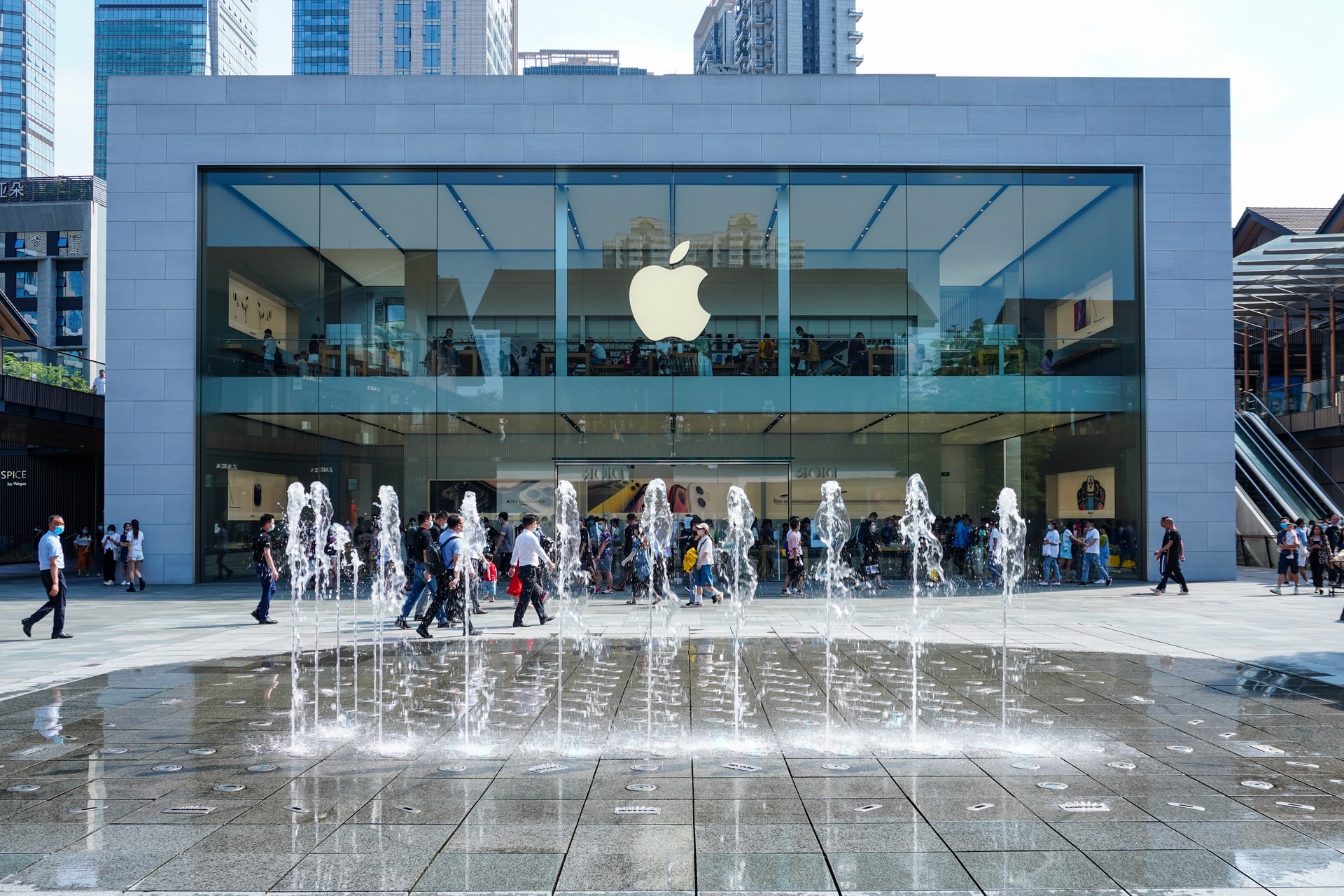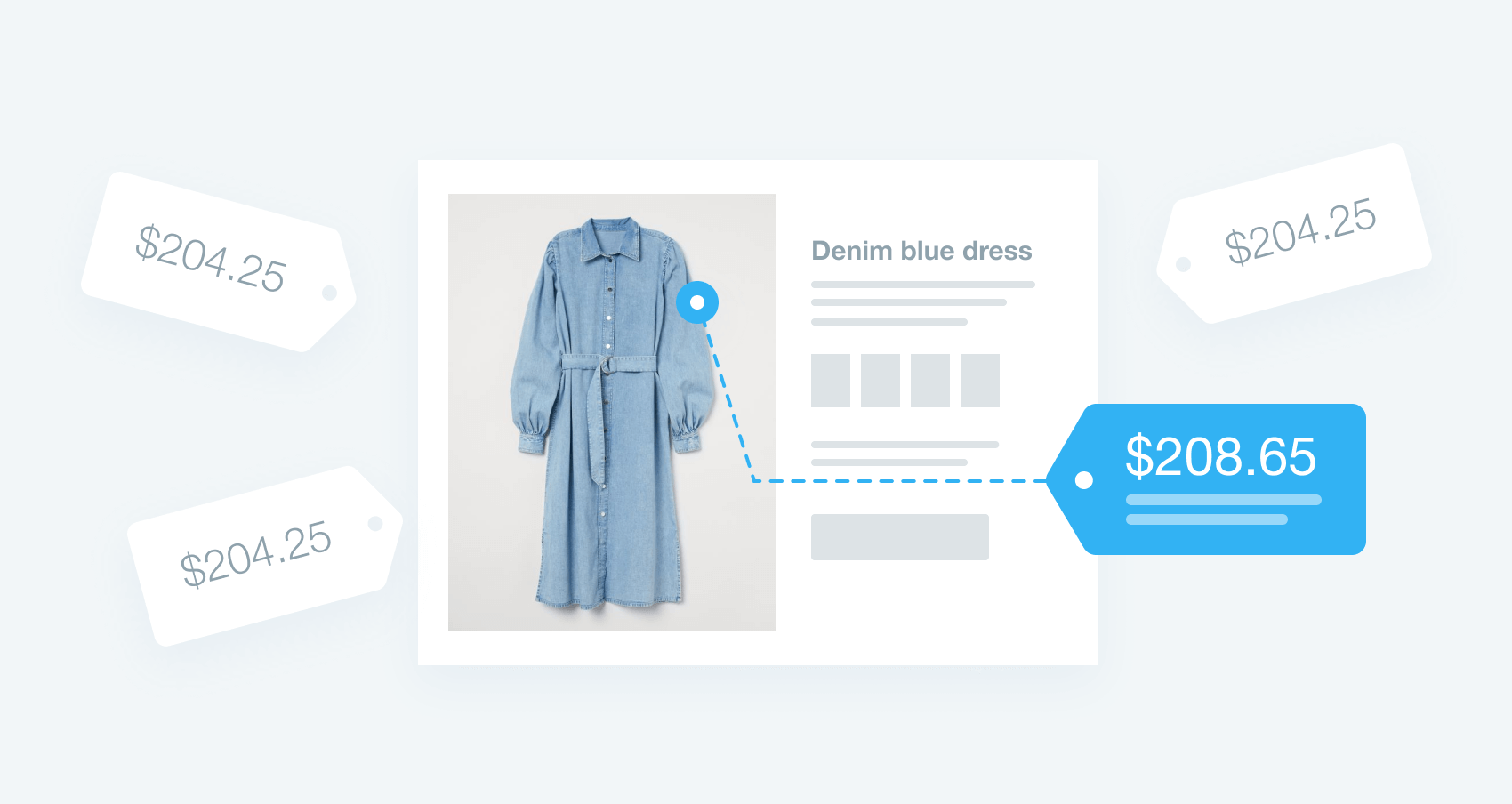Content navigation:
- What is price skimming?
- Pricing strategies matrix
- How price skimming works: ins and outs
- Price skimming limits: read before use
What is price skimming?
Price skimming is a pricing strategy based on setting the highest price for a product as it is introduced to the market and lowering the price as customers get used to it. The skimming pricing strategy targets the first customers and early adopters with the highest willingness to pay. Once the demand of the first buyers is satisfied, the prices are lowered to meet the willingness of pay of the other groups of consumers.
The pricing policy of Apple is the most popular illustrative example of price skimming. As the new versions of Apple's products appear on the market they are intentionally overpriced by the company yet being still highly demanded by the early adopters and Apple's fans. In few months after the products' presentation, the prices are lowered and, eventually, lowered even more on the eve of the presentation of Apple's next product generation. 
Price skimming is the opposite approach to a penetration strategy. The latter implies setting lower than normal prices for the new entries and then increasing prices as customers get familiar with a new product and the demand is stabilized. Identifying the role of the product in the portfolio is a key factor underlying either the success or failure of using price skimming, pricing penetration or any other strategy (see below).

How price skimming works: ins and outs
The effective implementation of a skimming pricing strategy depends on a number of factors. Yet, two crucial prerequisites underlying its use are:
- Novelty of a product
- High demand and anticipation by consumers
First and foremost, skimming pricing can be applied only to new products. It can be a new entry or the next generation of a product already existing on the market (like in the case of Apple gadgets). In each case, the ultimate goal of price skimming is to get the maximum possible revenue during a period of the highest demand without impacting negatively the performance of other product groups in the portfolio.
The high demand for a new product is another crucial prerequisite of effective price skimming. Practically it means that a retailer should have a clear understanding that there is a group of early adopters ready to buy a product even if they know it is overpriced. In the classic example of Apple's price skimming, extremely high demand for new gadgets is rather obvious. But in some cases, it might be challenging to find if the price skimming would work.
The risk of applying price skimming to the wrong products is substantial. For example, if the approach is applied towards products demanded not high enough, the retailer might unintentionally set an unrealistic price anchor which would prevent the shoppers from buying even when the prices are lowered. That's why lost profit and damaged price perception are the two biggest negative effects that the wrong use of price skimming may bring.
Price skimming limits: read before use
Every business using price skimming should be aware of its limits. And the first one is the time limit. Price skimming is a short-term strategy that can only be effective only during a particular period. The latter usually lasts from a few weeks to months (usually up to 6 months at most but exceptions occur). The timing for price skimming depends on a few factors, including the size of the early adopters' group, supply/demand ratio, etc.
Another important limit is the price itself. When we say that price skimming implies overpricing the products it doesn't mean that overpricing has no limits. Before setting prices, the business should get aware of the early adopters' willingness to pay to forecast the demand at particular price levels. Making such forecasts could be challenging as retailers deal with new market entries with no sales history. 
For this kind of challenge, the use of advanced pricing software remains the best solution. For example, Competera defines the optimal prices for new entries by correlating a new product with the historical sales performance of the most similar SKUs. The latter are identified by comparing products' credentials (including images, descriptions, etc.) using computer vision, tabular data, and natural language processing. Once the most similar SKUs are found, the algorithm processes their historical sales and other data to forecast the turnover, and demand elasticity of the new product at various price levels. Eventually, the optimal price points are revealed.
FAQ
The pricing policy of Apple is the most popular illustrative example of price skimming. As the new versions of Apple's products appear on the market they are intentionally overpriced by the company being still highly demanded by the early adopters and Apple's fans.
Price skimming is associated primarily with psychological pricing. The opposite approach to skimming is the penetration pricing.






